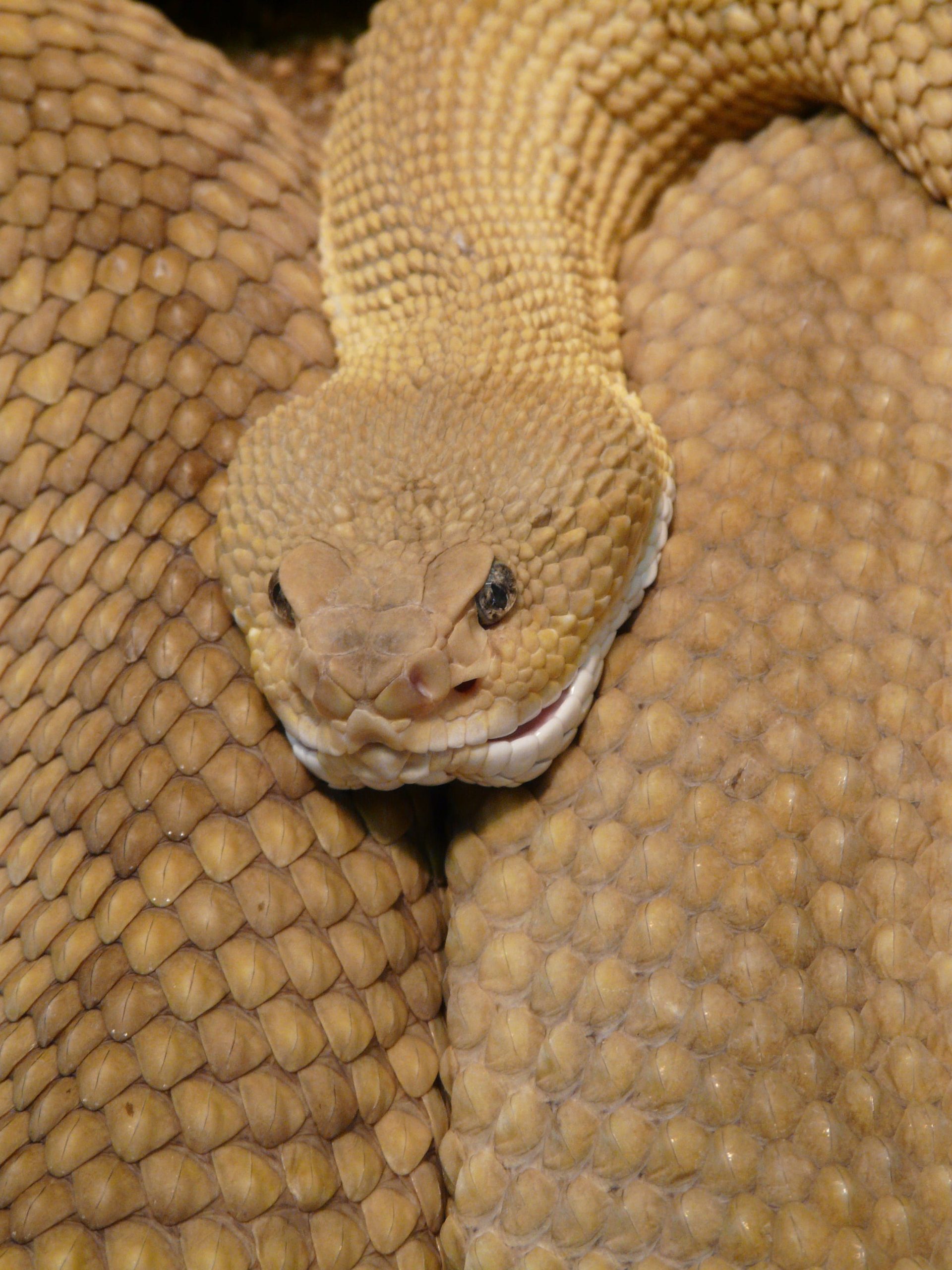venomous vs poisonous
Venomous vs Poisonous The terms venomous and poisonous are often used interchangeably in everyday conversation. Both refer to animals or substances that can cause harm to humans and other creatures. However, there are some essential differences between these terms that are important to understand. In this article, we will explore the distinctions between venomous and poisonous animals, as well as the broader category of toxic substances.
Poisonous vs Venomous vs Toxic
Although poisonous and venomous are related concepts, they apply to different methods of causing harm. In general, here is how these three terms differ:
-
- Poisonous: A poisonous creature or substance can cause harm if ingested, inhaled, or absorbed through the skin. Poisonous organisms typically do not deliver their toxins actively, and the harmful effects often occur when a predator attempts to eat them.
-
- Venomous: A venomous creature possesses glands that produce a toxic substance, known as venom, and has a specialized mechanism — such as fangs or a stinger — to deliver the venom into its target’s body. Venomous animals typically use their venom to subdue prey or deter threats.
- Toxic: Toxic is a more general term that encompasses any harmful substance, whether produced by a living organism (such as a poison or venom) or a chemical compound (such as a pesticide or pollutant).
The Difference Between Venomous and Poisonous
The primary difference between venomous and poisonous organisms is the way they deliver their toxins to other animals. A venomous creature actively injects its venom through a bite or sting, while a poisonous one relies on passive methods, like being consumed or touched.
For example, some species of snakes are venomous and possess fangs through which they inject venom into their prey or potential threats. Similarly, bees and wasps can inject venom by stinging. On the other hand, a poisonous animal, such as a poison dart frog, has toxins in its skin that can be absorbed through another animal’s body if they try to eat or touch the frog.
Is Venomous the Same as Poisonous?
Although the terms venomous and poisonous are sometimes used interchangeably in common parlance, they are technically not the same. Venomous refers specifically to animals that actively deliver toxins through bites or stings, while poisonous describes organisms that passively release toxins through skin, ingestion, or absorption.
Venomous vs Poisonous Animals
There are many examples of venomous and poisonous animals, and each group has some unique features:
-
- Venomous Animals: Some common venomous animals include snakes (such as rattlesnakes, cobras, and vipers), spiders (like black widows and funnel-web spiders), insects (like bees, wasps, and some ants), and marine creatures (such as cone snails, stonefish, and jellyfish). These animals typically use their venom to immobilize or kill their prey or deter predators.
- Poisonous Animals: Examples of poisonous animals include poison dart frogs, poisonous birds like the hooded pitohui, and toxic insects like blister beetles and monarch butterflies (which obtain their poisons from ingesting toxic plants). These animals often rely on bright coloration to warn predators away, signaling that they contain toxins that can cause harm if eaten or touched.
Venomous vs Poisonous Spiders
Most spiders are considered venomous, as they inject venom through their fangs to subdue their prey. However, not all spider venom is harmful to humans. Poisonous spiders, on the other hand, are extremely rare, and their toxic properties would typically be gained through their consumption of venomous prey. The distinction between venomous and poisonous spiders is, therefore, less relevant than the distinction between venomous and poisonous animals in general.
Venomous vs Poisonous Plants
While this article primarily focuses on animals, it’s worth noting that the distinction between venomous and poisonous also applies to plants. Poisonous plants, like poison ivy, poison oak, and poison sumac, can cause harm when touched or consumed. In contrast, venomous plants are extremely rare and would require a specialized delivery mechanism, like a stinging nettle, that actively injects a toxin into another creature.
Conclusion
The main distinction between venomous and poisonous organisms lies in the method of toxin delivery. While venomous animals actively inject their venom through fangs, stingers, or other specialized mechanisms, poisonous animals release their toxins passively when touched, ingested, or otherwise come into contact with another organism. Understanding the difference between these two terms is essential when discussing the potential dangers posed by various creatures and substances.
FAQs
-
- What is the difference between venomous and poisonous animals?
The main difference is how they deliver their toxins. Venomous animals actively inject venom through a specialized mechanism, while poisonous animals release toxins passively when touched, ingested, or otherwise contacted.
- What is the difference between venomous and poisonous animals?
-
- Can an animal be both venomous and poisonous?
In rare cases, an animal can possess both venomous and poisonous characteristics, such as the male platypus, which has venomous spurs on its hind legs but also produces toxic secretions in its skin and fur that can be harmful upon ingestion.
- Can an animal be both venomous and poisonous?
-
- Are all venomous animals dangerous to humans?
No, the toxicity of venom varies greatly among species. Some venomous animals produce venom with little impact on humans, while others have venom that can cause serious health issues or even death.
- Are all venomous animals dangerous to humans?

No responses yet